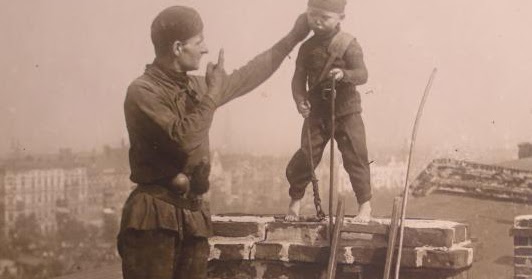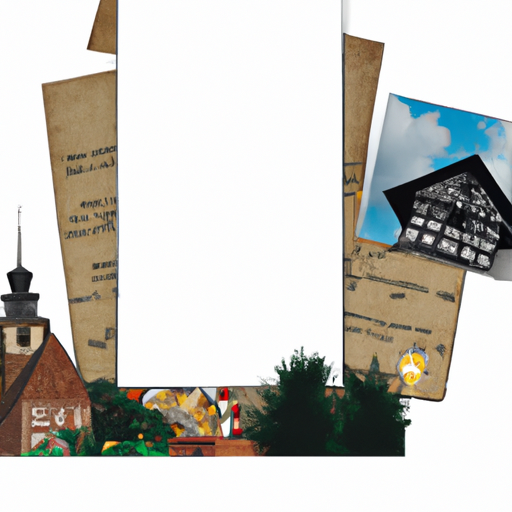Why were chimney sweeps lucky?
Chimney sweeps have been associated with various superstitions and beliefs about luck in different cultures. Here are some common beliefs and practices related to chimney sweeps:
- Good Luck Symbolism: Chimney sweeps have been considered symbols of good luck in many cultures. There are several theories about why they were seen as lucky:
- One theory is that chimney sweeps were believed to bring good fortune because they could remove harmful soot and prevent chimney fires, which were common hazards in the past.
- Another theory suggests that the association of chimney sweeps with luck is because they worked in high places and were seen as “closer to the heavens.”
- In some cultures, chimney sweeps were also associated with bringing warmth and light to homes, further reinforcing their lucky status.
- Weddings: The tradition of having a chimney sweep at weddings has been a longstanding custom in parts of Europe, particularly in the UK and Germany. It is believed to bring good luck to the newlyweds. During a wedding, it’s customary for the chimney sweep to kiss the bride and sometimes offer a symbolic token of good luck, such as a chimney sweep figurine or a small bouquet.
- Handshakes: In some cultures, shaking hands with a chimney sweep is also believed to bring good luck. People would seek out a chimney sweep for a handshake or a greeting to ensure good fortune in their lives.
- Longevity: The notion that chimney sweeps had shorter lifespans was a common belief in the past due to the hazardous conditions they worked in. However, it’s important to note that modern safety practices and regulations have significantly improved the working conditions and safety of chimney sweeps.
- Alternate Names: In addition to “chimney sweep,” chimney sweeps are known by various names in different regions. Some alternative terms include “soot-blower,” “flue cleaner,” or “flue technician.”
It’s important to understand that these beliefs and traditions surrounding chimney sweeps are rooted in superstition and folklore rather than objective reality. While chimney sweeps were historically seen as symbols of good luck, their working conditions were often challenging and hazardous. In modern times, chimney sweeps primarily focus on the maintenance and safety of chimneys and heating systems, and the associations with luck are often retained for ceremonial or nostalgic purposes, such as at weddings.
How long did chimney sweeps live?
In the past, chimney sweeps often had shorter lifespans and faced significant health risks due to the hazardous working conditions they endured. Their exposure to toxic soot and the physical demands of their job contributed to various health issues. However, it’s important to note that the life expectancy of chimney sweeps varied depending on factors such as the time period, location, and individual circumstances.
During the 18th and 19th centuries, when chimney sweeps were commonly children or young apprentices, their life expectancy could be notably lower than the general population due to the adverse effects of their occupation. Many young chimney sweeps suffered from respiratory problems, skin ailments, and other health issues associated with soot exposure. They also faced dangers such as getting stuck in chimneys or suffering falls.
With the introduction of labor regulations, improved working conditions, and advancements in occupational safety in the 19th and 20th centuries, the health and life expectancy of chimney sweeps improved significantly. Modern chimney sweeps benefit from better protective equipment and safety practices, reducing the risks associated with the job.
Today, chimney sweeps continue to provide important maintenance and safety services for chimneys and heating systems. Their life expectancy and overall health are more comparable to that of the general population, thanks to improved working conditions and safety measures.
Why does a chimney sweep kiss the bride?
The tradition of a chimney sweep kissing the bride on her wedding day has its roots in various European customs and superstitions, particularly in the United Kingdom and Germany. There are several beliefs and reasons associated with this practice:
- Good Luck and Prosperity: Chimney sweeps have long been considered symbols of good luck and prosperity in many cultures. The idea is that having a chimney sweep present at the wedding brings good fortune to the newlyweds. The kiss from the chimney sweep is believed to transfer some of this good luck to the bride.
- Cleansing and Purity: In the past, chimney sweeps were seen as individuals who removed dirt, soot, and impurities from chimneys. By kissing the bride, the chimney sweep symbolically “cleanses” her of any impurities and bad luck, ensuring a clean and happy start to the marriage.
- Protection: The chimney sweep’s presence is also thought to protect the couple from negative influences and evil spirits that might try to disrupt their happiness on the wedding day.
- Ward Off Bad Luck: It’s believed that encountering a chimney sweep on one’s wedding day and receiving a kiss from them wards off bad luck and ensures a successful and happy marriage.
- Romantic Tradition: The act of a chimney sweep kissing the bride has a romantic and charming quality, adding a unique and memorable element to the wedding ceremony.
It’s important to note that this tradition is symbolic and based on superstition rather than a literal belief in the magical powers of chimney sweeps. In modern weddings, this custom is often performed for its historical and sentimental value, and it is viewed as a fun and lighthearted tradition that adds to the celebration. Couples may choose to include the chimney sweep for the uniqueness and charm of the practice rather than for any specific beliefs in good luck.






